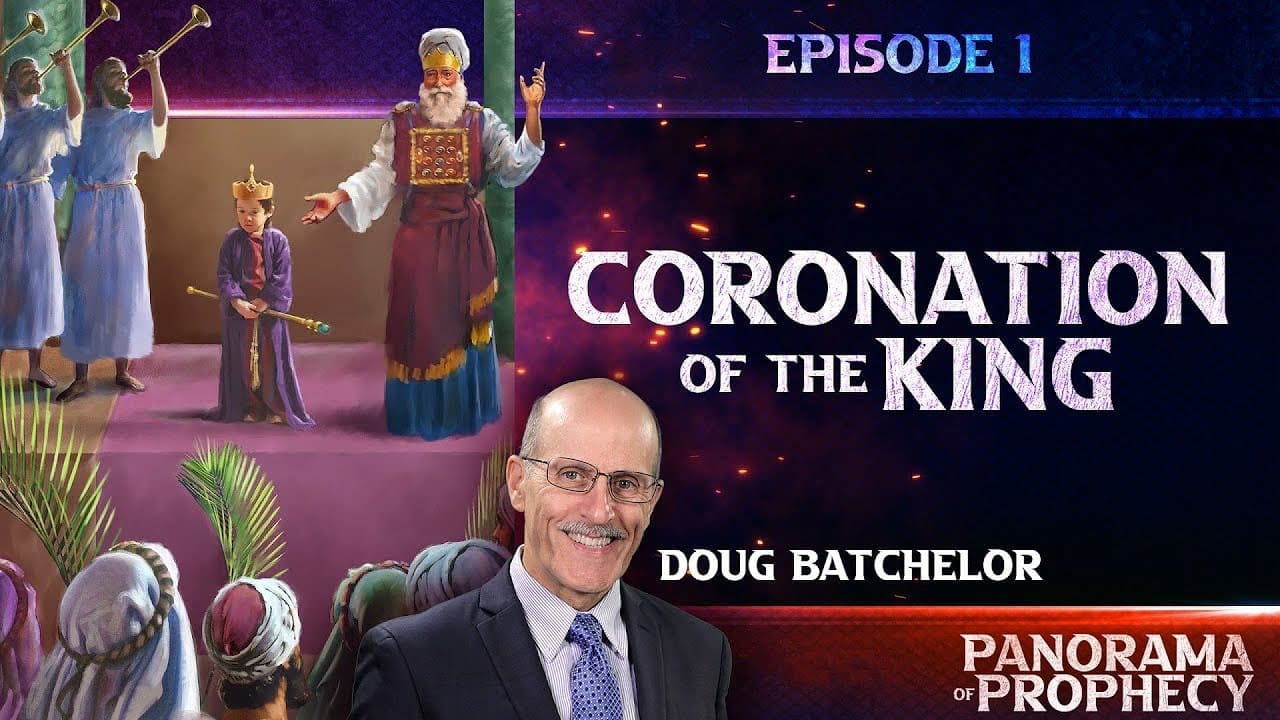Some time ago, as I concluded an evangelistic message, I was confronted by three young men who expressed their disappointment with my preaching about the seventh-day Sabbath. They believed that, as Christians under the New Covenant, we should observe Sunday instead of the Sabbath. This perspective is shared by many Australian Christians today, who think that the Ten Commandments belonged to the Old Covenant and are no longer applicable to grace-saved Christians. It is crucial for us to examine this belief to avoid legalism and understand the significance of the Commandments’ moral principles.
To clarify the matter, it is essential to understand what the Old Covenant was not, as well as to identify what it truly was. Let’s start with three undeniable proofs that the Old Covenant was not the Ten Commandments. Firstly, the Old Covenant contained poor promises, while the New Covenant was established on better promises. The Ten Commandments, on the other hand, have always been accompanied by good promises, as seen in Ephesians 6:1-3, where obedience to parents is blessed with well-being and long life.
Secondly, the Old Covenant was described as faulty, whereas the Ten Commandments are declared perfect and holy in Psalm 19:7 and Romans 7:12. The law of God, as given in the Commandments, is flawless and cannot be considered faulty. Thus, the Old Covenant cannot be equated with the Ten Commandments.
Lastly, the most significant point is that the Old Covenant was destined to be abolished, as stated in Hebrews 8:13. However, the Bible affirms that the law, including the Ten Commandments, is not abolished but rather established through faith (Romans 3:31). The idea that the same law can vanish away and be established at the same time is contradictory. If we replace “law” with “Old Covenant” in Romans 3:31, it becomes evident that the Old Covenant cannot be associated with the Ten Commandments.
Having clarified what the Old Covenant was not, we can now identify it based on biblical evidence. To do so, we must turn to the book of Exodus and recognize that there were multiple covenants involved at Mount Sinai. Before giving the law, God called Moses up the mountain and offered a covenant with His people. This covenant involved conditions and promises for both parties. The people responded by promising obedience, establishing the basis for the Old Covenant. Its formal ratification included the sprinkling of oxen’s blood on the people (Exodus 24:4-8). However, it is crucial to note that this covenant was made concerning the words of the Ten Commandments, not the Commandments themselves.
The weakness of the Old Covenant lay in the way the Israelites promised to keep it. They displayed self-confidence, claiming that they could fulfill every requirement of God without divine assistance. Yet, they failed to keep their word even before Moses descended from the mountain. Thus, the blame for the covenant’s shortcomings fell on the human side of the agreement. This understanding aligns with the message conveyed in Hebrews 8, where God found fault with the people and regarded them as unfaithful.
It becomes clear why a new covenant was necessary, one that would offer better promises. The New Covenant, unlike the Old, ensures successful obedience through God’s strength alone. It guarantees that His laws will be written in the minds and hearts of His people. The New Covenant was made ratified through the shedding of Jesus’ blood, which replaced the need for animal sacrifices. This new arrangement allows God to work within us, enabling us to do His will and making us perfect in every good work.
In contrast to the weak promises made by human effort under the Old Covenant, the New Covenant provides divine empowerment. It is not about our own works but about God working in us. This power is made available through the blood of the everlasting covenant, symbolized by what Jesus accomplished on the cross.
Therefore, it is evident that the Old Covenant, which disappeared, should not be confused with the Ten Commandments. The Old Covenant was a specific agreement made between God and the Israelites at Mount Sinai, based on the words of the Commandments. The Ten Commandments, on the other hand, remain relevant and essential moral principles for all Christians, as upheld by the New Covenant’s better promises and empowered by God’s grace.
The New Covenant operates on the basis of conversion and transformation. Obedience becomes possible through the writing of God’s law on the heart. When a person experiences spiritual regeneration, their mind and heart are changed. Christ enters into the life of the believer, imparting His strength for obedience. By partaking of the divine nature, even the weakest individual can live the life of Jesus Christ, demonstrating His victory and crucifying the flesh.
Paul describes this transformation by stating that the law, weakened by human flesh, was fulfilled through Christ’s condemnation of sin in His own flesh. As a result, the righteous requirements of the law can be fulfilled in us as we walk not according to the flesh but according to the Spirit (Romans 8:3-4). This means that the law written on the heart in the New Covenant is the same law that was engraved on stone. The difference lies in how the law is ministered. When the law is only written on stone, it can only condemn and bring death because the carnal mind is not subject to God’s law. However, when the law is received into a heart that has been transformed by the grace of Christ, it becomes a delight. It is no longer grievous or considered a burden but a source of joy instead. (1 John 5:3, Psalms 40:8).
It is important to note that there was no change in the New Covenant after Calvary. The New Covenant could not take effect until Jesus died on the cross, as a covenant or testament only becomes valid after the death of the testator. Once ratified, no changes can be made to the covenant (Hebrews 9:16-17, Galatians 3:15). After Jesus’ death, no additions or modifications could be made to His provisions for salvation. The conditions were sealed and ratified by His shed blood. Under the terms of the New Covenant, no one would be left to struggle helplessly against the urges of a fallen nature. God’s grace would provide the power to overcome every weakness, and His promises would be rooted in His unchanging nature.
With this understanding, we can now address the question of Sunday-keeping. Sunday-keeping cannot be a part of the New Covenant because it began after the death of Christ. Even if it was observed in honour of the resurrection, it would have been added three days too late to be included in the New Covenant. Both biblical evidence and historical records confirm that Sunday was not observed by the early apostolic church. It was introduced much later as a result of gradual apostasy and pagan influence, particularly during the time of Emperor Constantine in the 4th century AD.
The argument presented emphasizes that Sunday-keeping is not commanded in the Bible and was not included in the requirements of the New Covenant. While Christ’s resurrection occurred on the first day of the week, there is no biblical instruction to observe Sunday as a holy day. The only day commanded for weekly worship is the seventh day of the week, the Sabbath, which is the same day Jesus observed during the creation week and will continue to keep with His people throughout eternity (Genesis 2:1-3; Isaiah 66:22-23).
The allegory used by Paul in Galatians 4 further supports the distinction between the Old and New Covenants. Paul illustrates the Old Covenant through Ishmael, the son of Hagar, who represents human effort and bondage. On the other hand, Isaac, the son of Sarah, represents the New Covenant, being born by promise and symbolizing the principle of regeneration and the new birth. Those under the Old Covenant are depicted as commandment breakers, while those under the New Covenant are portrayed as commandment keepers (Galatians 4:22-31).
Circumcision, given as a sign of the Old Covenant to Abraham, is discussed as a symbol of dependence on the flesh. Paul compares physical circumcision with true circumcision, which he describes as the cutting off the fleshly nature through conversion and the work of Christ in the heart. True circumcision is not a physical act, but a spiritual transformation performed by God. It is the cutting off the fleshly nature through the indwelling of Christ, accomplished without human effort (Philippians 3:3; Romans 2:28-29; Colossians 2:11).
The teaching of the covenants confirms that the law remains important under the New Covenant. However, the way in which the law is fulfilled changes. Instead of being engraved on stone, it is written in the heart. Rather than being fulfilled by human effort, it is fulfilled by Jesus in the believer. The works of obedience are still present, but they are motivated by grace and love, and they follow salvation rather than being a means to obtain it. Trusting in works for salvation would put a person back under the Old Covenant, as salvation is received through faith, not through works of the flesh (Ephesians 2:8-9).













